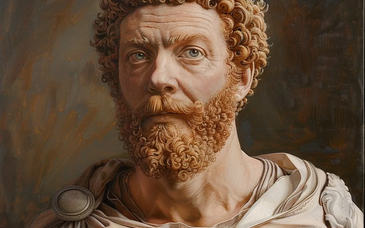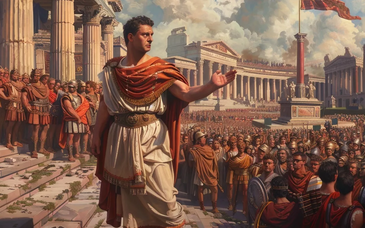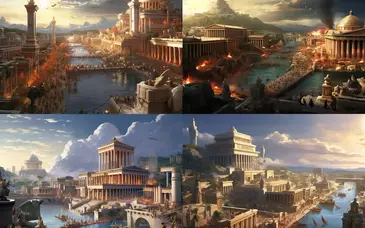Lectures
- The Geography of Italy
- The Etruscans
- The Roman Republic
- Roman Expansion and the Punic Wars
- The Civil War
- The Rise of Julius Casear
Instructional Goal: Students will know the primary features of the Italian peninsula and understand how they influenced the rise of the Roman civilizaiton.
I. The topography of the Italian peninsula is varied.
- The Italian peninsula resembles a boot.
- Sicily, an island located to the south of the mainland, is rough and mountainous.
- Corsica and Sardinia are large islands located off the western coast.
- The Alpine mountains form a natural border across the north of Italy.
- The Appenine mountains run down the center of Italy much like a spine.
- The Po River valley lies south of the Alpine mountains and is a fertile agricultural area.
- The coastal areas of southern Italy are swampy and disease-ridden.
II. The rivers of Italy also affected the development of the Roman civilization.
- Po river, lying in the northern plains, was the primary agricultural center.
- The Rubicon river is the traditional northern border between Rome and the barbarian lands.
- The Tiber river, on which the city of Rome was built, was small and shallow.
- Most Italian rivers ended in delta areas which were swampy and disease-ridden.
- there are few good natural harbors.
III. Climate of Italy is conducive to good food production.
- The climate is temperate with growing season lasting all year in the south.
- There is ample rainfall in the north, but dry in the south.
- Grain crops, livestock production and vegetables are raised in the northern farmlands.
- Southern Italy is a center of grape, fruit and olive production.
Assignment: students will begin work on a map of the Roman Empire.





